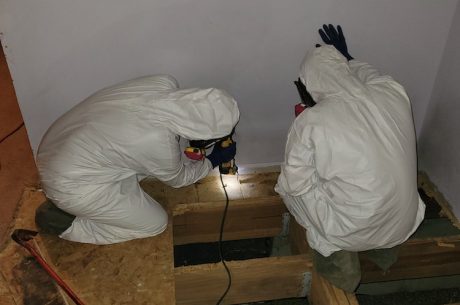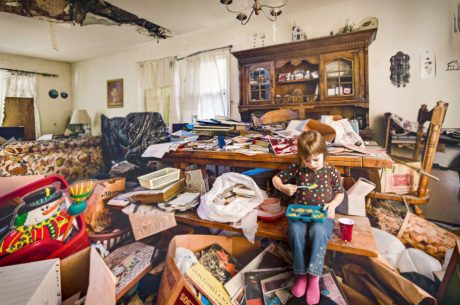When a loved one struggles with hoarding, it can have a ripple effect across the entire family. The emotional, physical, and practical impact of hoarding often leaves relatives feeling frustrated, helpless, or even overwhelmed. Restoring a home in these circumstances isn’t just about tidying up—it’s about creating a safe, supportive, and healing environment for everyone involved. Compassionate hoarding restoration is a thoughtful approach that considers the needs of both the individual and their family. Here are five important steps to guide families through this process.
1. Approach with Empathy, Not Judgment
Hoarding is often deeply connected to emotions, past experiences, and personal struggles. It’s rarely “just clutter,” and approaching the situation with judgment or criticism can make the individual defensive and reluctant to accept help. Families should focus on listening, understanding, and validating feelings. Small gestures of empathy—such as acknowledging how hard it is to part with belongings—can make a huge difference. Creating a nonjudgmental atmosphere encourages your loved one to engage in the restoration process and take those crucial first steps toward improvement. Remember, compassion builds trust, and trust builds progress.
2. Involve the Whole Family
Hoarding affects everyone in the household, not just the individual struggling with the condition. Family members often experience stress, anxiety, or frustration from living in unsafe or cluttered conditions. Including the whole family in the restoration process fosters teamwork, shared responsibility, and understanding. For children of older parents, this involvement can be especially meaningful—they can provide guidance, emotional support, and encouragement while helping their parents make decisions that might otherwise feel overwhelming. When families collaborate, the process becomes less daunting, and the person affected feels supported rather than isolated.
3. Understand the Progressive Nature of Hoarding
Hoarding disorder is a progressive condition, which means it tends to worsen over time if not addressed. Research indicates that between 2% and 5% of the general population struggles with hoarding, with prevalence increasing to about 6% among adults over the age of 55. For seniors, the accumulation of items can gradually interfere with daily life, mobility, and overall well-being. Recognizing the progressive nature of hoarding helps families approach the situation with patience and consistency, rather than expecting immediate results. Steady, compassionate support is key to helping a loved one make lasting changes and reclaim their living space.
4. Prioritize Safety and Health First
Before diving into decluttering, it’s essential to address any immediate health and safety concerns. Blocked exits, fire hazards, mold, pests, or unsanitary conditions can pose serious risks to everyone in the household. Taking care of these urgent issues first not only protects the family’s health but also sets the stage for a more organized and stress-free restoration process. By prioritizing safety, you create a sense of stability that allows the individual struggling with hoarding to focus on the more emotional aspects of letting go and reorganizing their belongings.
5. Seek Professional Support
Sometimes, families need guidance from trained professionals. Hoarding restoration experts are equipped with the right tools, techniques, and experience to handle challenging situations efficiently and compassionately. They can provide support in sorting, cleaning, and restoring the home while maintaining the dignity of the individual. Professional involvement often reduces family tension, speeds up the process, and ensures that the home is safe, healthy, and functional. Partnering with specialists can turn what feels like an overwhelming task into a structured, manageable, and ultimately healing experience.
Final Thoughts
Compassionate hoarding restoration is about more than decluttering a space—it’s about restoring peace, safety, and connection for the entire family. Because hoarding can worsen with age, children and younger family members often play a vital role in helping older parents navigate this process. By approaching hoarding with empathy, involving the whole family, addressing safety concerns, and seeking professional guidance when needed, families can support their loved ones in taking meaningful steps toward recovery.
Remember, you don’t have to face this challenge alone. With patience, understanding, and the right support, it’s possible to restore not only a home but also hope, comfort, and a renewed sense of well-being for everyone involved. Compassionate restoration helps families move forward together, creating a safer and healthier environment where all members can thrive. We’re here to help. Call 812.801.4485.

Resources –



